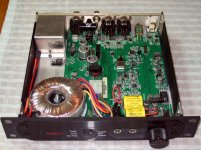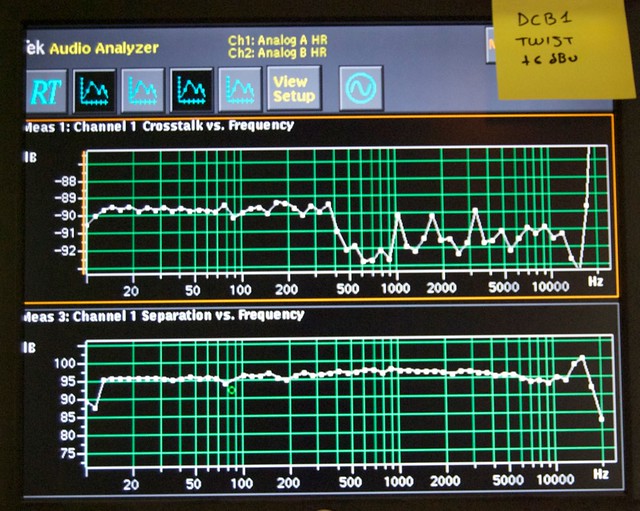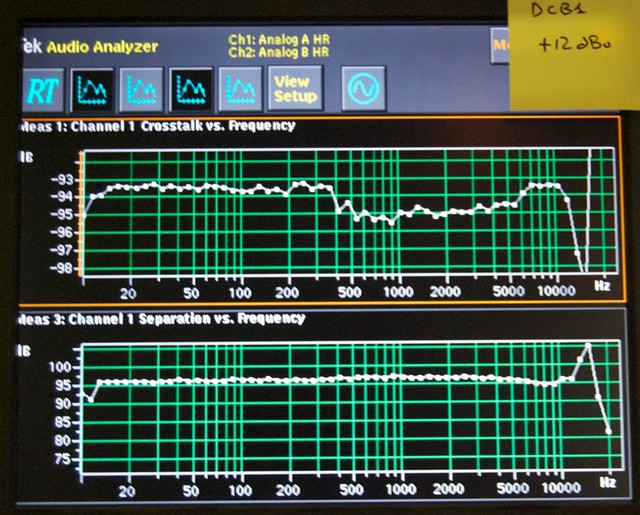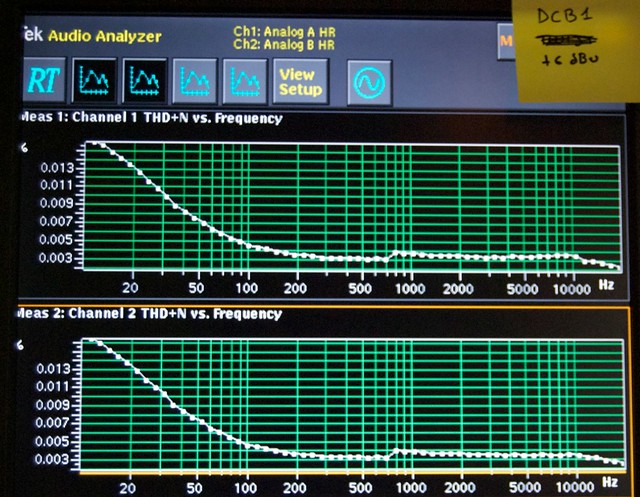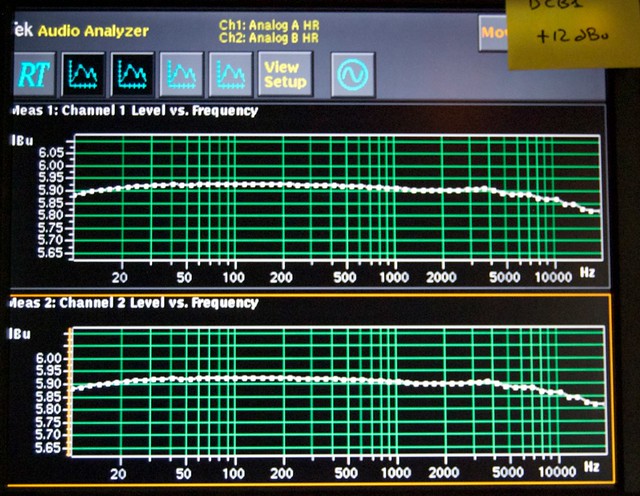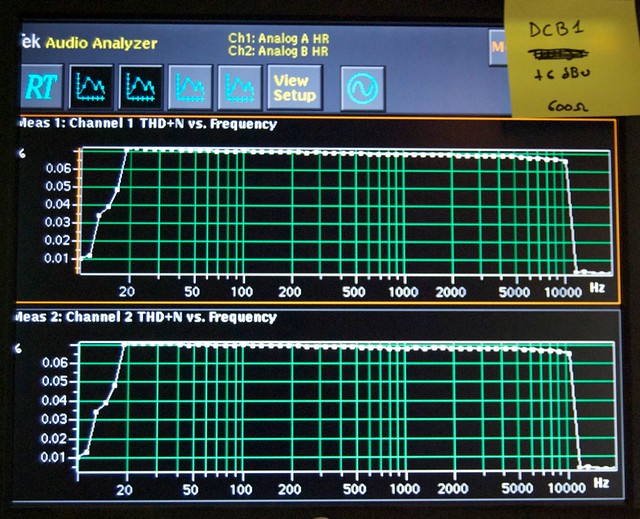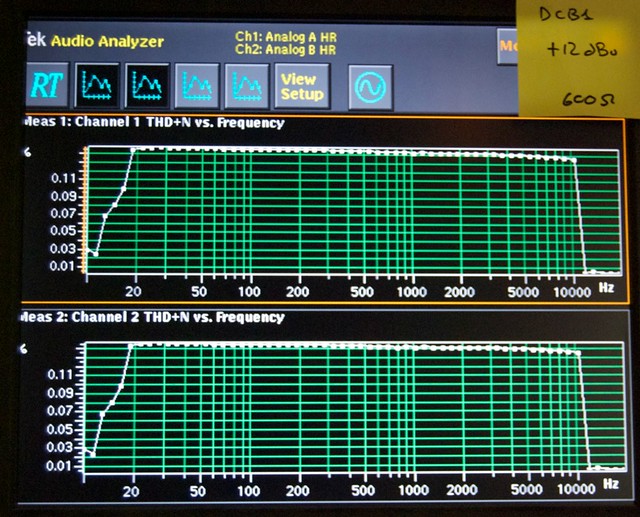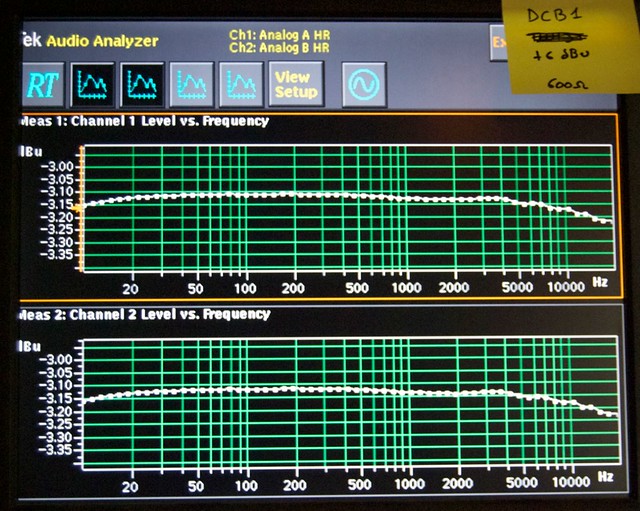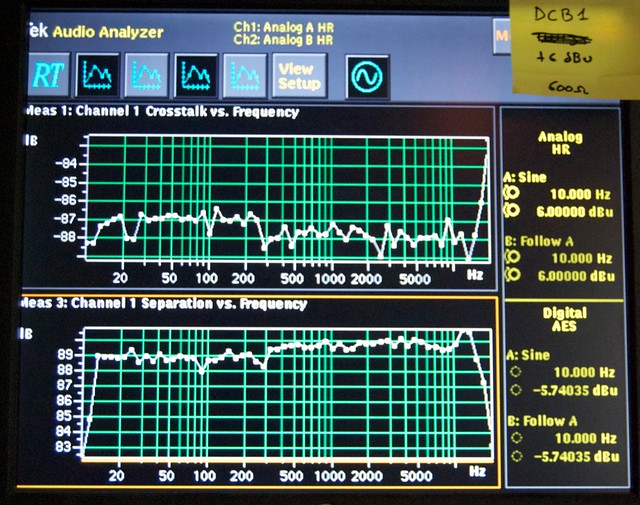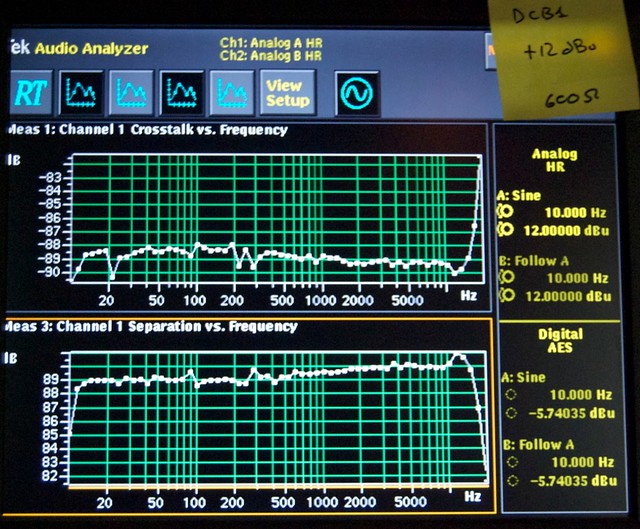I have just put together an F5 - and I like it! What drew my attention to it was the simplicity of the circuit. My preamp has a lot of gain and my speakers are fairly efficient so there's more than ample volume.
Someone then recommended the DC B1, because the circuit is simple as the F5. Has anyone used a B1 with the F5? I'm a bit concerned that there won't be enough gain. It may mean that I go for new speakers.
I'm using the DCB1 with the F5 and a Buffalo II DAC, I changed a bit the output of the I/V module of the Buffalo for get more than 2V, but I'm using a 96dB loudspeakers.
With the F5 is very important the offset on the DCB1 be as low as possible
Thanks for these ideas - you've answered my question. My main source is a Twisted Pear Dac, whose exact output I'm not sure of, but must be around 2Vac. So I decided to plug it straight into the F5 and see - controlling volume in iTunes. It's plenty loud enough. Deafening in fact.
In the past I have tried to plug the Dac into various power amps, but haven't liked the result as much as when using an active pre. However, I like what I'm hearing from the F5 so much I think I might ditch the preamp altogether. Maybe it's because of the Fets which my previous power amps have not had.
In the past I have tried to plug the Dac into various power amps, but haven't liked the result as much as when using an active pre. However, I like what I'm hearing from the F5 so much I think I might ditch the preamp altogether. Maybe it's because of the Fets which my previous power amps have not had.
Hi Ramallo
thanks for post.
Have you tried feeding the Dac into the F5?
Have you put a cap in between the DCB1 and F5?
You are welcome!
I not tried with the Buffalo, I tried with my old Lavry DA10, with the DCB1 I have much better bass (But I don't know what is the reason).
I don't use caps between DCB1 and F5, my DCB1 have a offset of L=0,1mV R=-0,8mV, usually I measure every week the DC on the F5 output and always the offset is below 10mV.
There was a range of opinions about Lavry VS Benchmark among studio people. Did you ever compare? The Benchmark revealed quite a chunk of extra performance after I substituted its only internal signal coupling electrolytic cap for Auricap. Highly recommended if any of your studio friends has a DAC1 as they are ubiquitous in pro circles.
There was a range of opinions about Lavry VS Benchmark among studio people. Did you ever compare? The Benchmark revealed quite a chunk of extra performance after I substituted its only internal signal coupling electrolytic cap for Auricap. Highly recommended if any of your studio friends has a DAC1 as they are ubiquitous in pro circles.
I have both (as well and some Apogee's units).
My Benchmark DAC1 is very old (Rev B), the new Benchmark DAC1 have some changes (to good), they changed the output OP's from NE5532 to LME49720, they changed the electrolytic capacitor at I/V output to a film/electrolytic combination (in parallel). The variable circuit is better (The variable out of the original DAC1 isn't as good as the fixed). Between the old and the new DAC1 unit you can have noticeable differences in sound (Much better the new units).
But I prefer the Lavry DA10 sound than the DAC1 (old version), with the new DAC1 is difficult to say.
I changed the coupling electrolytic capacitor by a Mundorf ZN with better results, but the great thing is change the OP amps (But need change the feedback loop of the OP amp because the LME49720 is faster).
The Buffalo is in another league
the buffalo is higher than 2vrms, more like 3vrms in voltage mode from what i gather with setting up owens d1 iv stage as i am matching mosfets for tc at 3vrms using 1khz sine. i'm using the ackodac with it, with es9012, but i gather they are the same in this regard.
i much prefer the lavry, i agree with popular opinion that the dac1 sounds rather awfully dry, past the point pof neutral to the point of being boring and insipid. perhaps i heard an early version with too clinical sounding gear synergy afterwards. certainly no mods, perhaps the dcb1 would help out with breathing some life back into the sound.
i also like auricaps salas, great value caps and come on, yellow and red...who could hate that
i much prefer the lavry, i agree with popular opinion that the dac1 sounds rather awfully dry, past the point pof neutral to the point of being boring and insipid. perhaps i heard an early version with too clinical sounding gear synergy afterwards. certainly no mods, perhaps the dcb1 would help out with breathing some life back into the sound.
i also like auricaps salas, great value caps and come on, yellow and red...who could hate that
Last edited:
awfully dry,
The dryness is first to go with the Auris in RevB. Expands and layers also. So the Buffalo can be keeping happy an F5 even without gain in the line pre as I gather from you guys. Convenient.
cool, well that would make it altogether more listenable, as that was my main complaint and brought a slight digitalis with it.
thats the plan, i'm planning running a pair of ackodacs with opc's d1 for sabre straight into an f5x and ajx using digital volume. i'll try out the balanced dcb1 on the cables to my workshop still, but for the main rig i think it should work well without it.
the project is gonna take me a little while, parts for ajx should be here this next couple of weeks, but still need to build the speakers. hopefully everything will be ready to warm the cockles of my soul and perhaps my actual terrestrial body in the southern hemisphere winter months
thats the plan, i'm planning running a pair of ackodacs with opc's d1 for sabre straight into an f5x and ajx using digital volume. i'll try out the balanced dcb1 on the cables to my workshop still, but for the main rig i think it should work well without it.
the project is gonna take me a little while, parts for ajx should be here this next couple of weeks, but still need to build the speakers. hopefully everything will be ready to warm the cockles of my soul and perhaps my actual terrestrial body in the southern hemisphere winter months
It's not the output impedance of the DCB1 that is the issue when feeding a low impedance load.
It is the output current capability.
A 8mAIdss jFET biased to 8mA has a range of output currents of -7.9mApk to +7.9mApk.
The absolute maximum driving voltage from the jFET into a 600r+270r load is 6.87Vpk. Only 69% of this driving voltage is across the 600r load.
4.7Vpk across the 600r hits the absolute current limit. The amplifier current clips.
+12dBu is ~4.4Vpk. The circuit has been driven into current clipping.
It is the output current capability.
A 8mAIdss jFET biased to 8mA has a range of output currents of -7.9mApk to +7.9mApk.
The absolute maximum driving voltage from the jFET into a 600r+270r load is 6.87Vpk. Only 69% of this driving voltage is across the 600r load.
4.7Vpk across the 600r hits the absolute current limit. The amplifier current clips.
+12dBu is ~4.4Vpk. The circuit has been driven into current clipping.
Single ended amplifiers generate distortion as they approach clipping. It's probably this that valve/tube folk like.
That increase in distortion can be avoided by ensuring the clipping voltage or current is 10dB to 20dB above the maximum normal signal that can pass through the stage.
Expect great performance when Iout <0.7mA to 2mApk
Expect gradually increasing distortion when 2mA < Iout < 7mApk.
Don't expect the SE amp to perform at all well when Iout >7mApk, for an 8mA bias.
Most pre-amps and the voltage amp stages operate in SE ClassA. That's why I try to adopt a clipping to max signal overhead of ~+20dB.
+20dB on a CDP signal is 22Vac. I can't and haven't tried to achieve that. +10dB to +12dB is certainly achievable for CDP replay.
That increase in distortion can be avoided by ensuring the clipping voltage or current is 10dB to 20dB above the maximum normal signal that can pass through the stage.
Expect great performance when Iout <0.7mA to 2mApk
Expect gradually increasing distortion when 2mA < Iout < 7mApk.
Don't expect the SE amp to perform at all well when Iout >7mApk, for an 8mA bias.
Most pre-amps and the voltage amp stages operate in SE ClassA. That's why I try to adopt a clipping to max signal overhead of ~+20dB.
+20dB on a CDP signal is 22Vac. I can't and haven't tried to achieve that. +10dB to +12dB is certainly achievable for CDP replay.
Last edited:
Yes, that is the B1 likeable thumbprint in a sense. We have referred in the past also I think. A JFET + BJT cascode or a JLH compound would hold differently with level. B1 maybe ''enamours'' digital sources dynamically its my guess. Reminding of analogue sources peaks. I would call it bridged loaded above 3kOhm. Beyond 10kOhm its dynamic THD signature is milder non the less (as in high load charts, post#250).
Out of 100pcs of 2SK170BLs I was able to pull these 2 strings for a balanced build:
7.05/7.03 - 7.09/7.08 - 7.14/7.14 - 7.26/7.26
or
8.08/7.94 - 8.05/8.05 - 8.21/8.22 - 8.36/8.38
Which set is more desirable? And am I right in thinking the closest value pairs should be chosen per board.
7.05/7.03 - 7.09/7.08 - 7.14/7.14 - 7.26/7.26
or
8.08/7.94 - 8.05/8.05 - 8.21/8.22 - 8.36/8.38
Which set is more desirable? And am I right in thinking the closest value pairs should be chosen per board.
- Home
- Amplifiers
- Pass Labs
- Mezmerize DCB1 Building Thread
